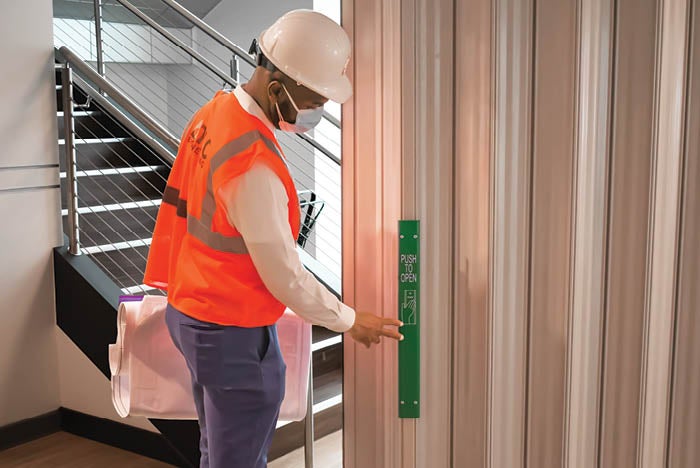Compliance + Operations
Joint Commission requirements for hospital business occupancies
A brief overview of new requirements now in effect
|
The Joint Commission has announced new standards applicable to business occupancies that are located within or attached to a hospital. Hospitals and behavioral health facilities alike need to take time to assess compliance with these new requirements.
Though not previously a core area of survey focus, business occupancies frequently represent a substantial percentage of an organization’s services portfolio and require immediate action where noncompliance exists.
In short, the standards are broken into five categories:
- LS.05.01.10: Building maintained to minimize effects of fire, smoke and heat.
- LS.05.01.20: Maintaining the integrity of the means of egress.
- LS.05.01.30: Protecting individuals from hazards of fire and smoke.
- LS.05.01.34: Maintaining fire alarm systems.
- LS.05.01.35. Maintaining fire extinguishing equipment.
There are several steps that can be taken to prepare for these new standards:
- An action plan for implementing compliance strategies and addressing deficiencies can be a good idea; conducting a self-assessment based on the new standards will provide a starting point for creating such a plan.
- Though drawings are not required for buildings considered freestanding business occupancies by definition of the 2012 edition of NFPA 101®, Life Safety Code®, they are required “for mixed occupancy buildings where portions of the building are business occupancy and other portions are either health care occupancy or ambulatory health care occupancy.” A review of current life safety drawings may be needed to ensure that they are current and accurate.
- Review of current environmental rounding practices; facilities professionals should use the data they have plus take a fresh look at these areas for compliance to the new standards.
- Use caution to understand what is being implemented; there are new standards that are not found in Chapter 38/39 of the Life Safety Code, such as the alcohol-based hand rub requirements.
- As always, changes may be costly; conversations around funding these standards are also necessary.


